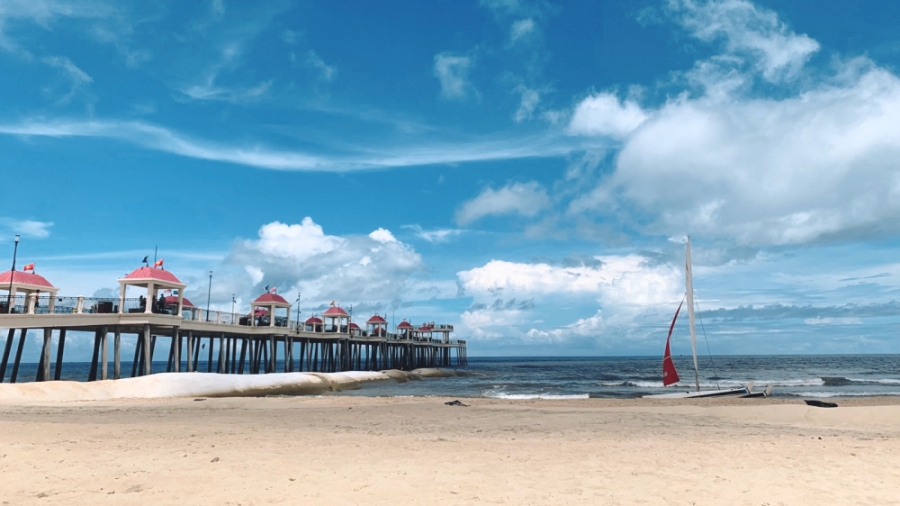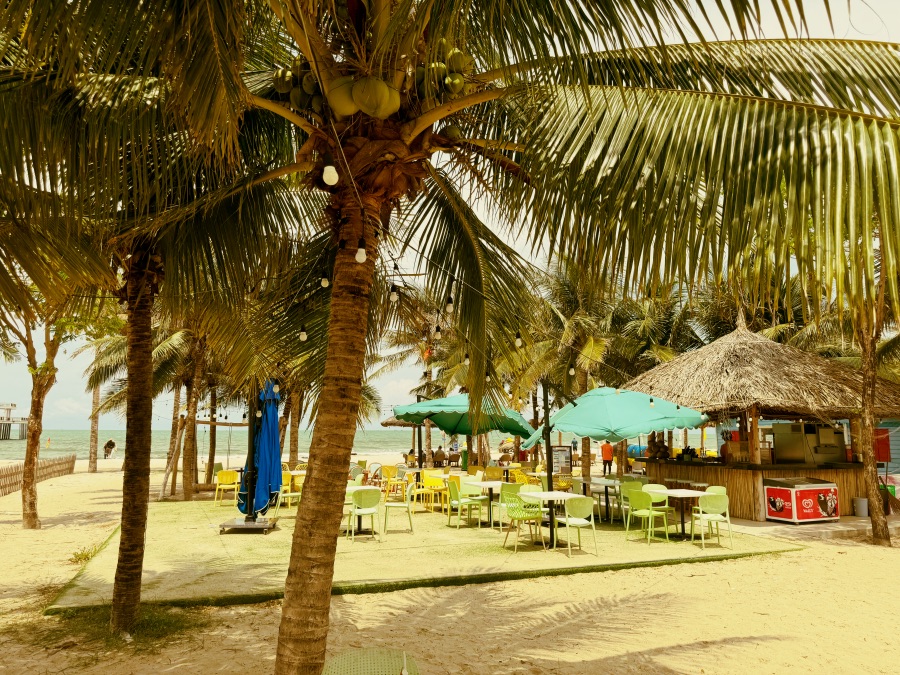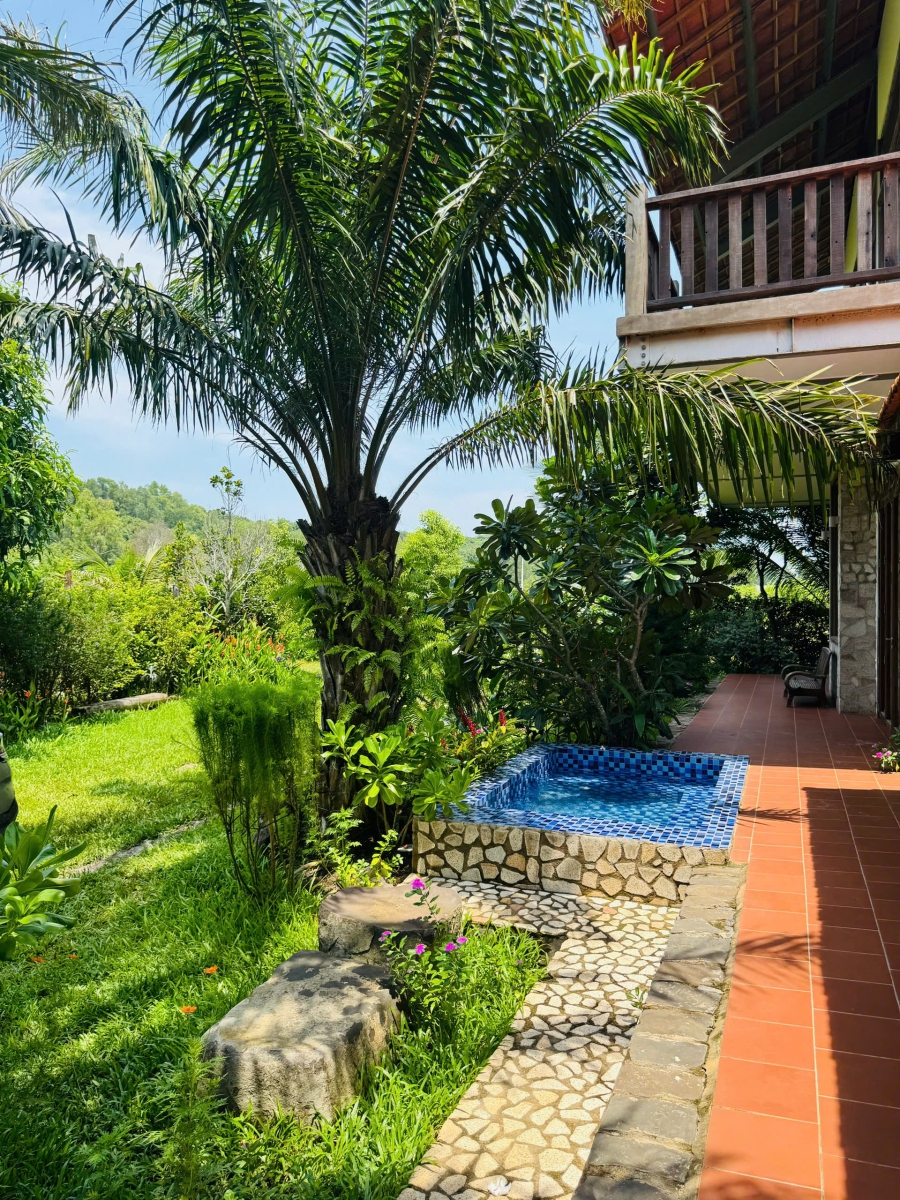Unlike the hustle of Phan Thiet or the crowds of Vung Tau, Ho Tram used to be an overlooked spot on Vietnam’s tourism map. But today, this peaceful coastal region is entering a new chapter—emerging as the new “capital of beach tourism” in the South thanks to smart planning, strong infrastructure, and strategic investments from major domestic and international players.

The emergence of Ho Tram is not accidental. The commune was formed by the administrative merger of three units: Phuoc Tan, Phuoc Thuan, and Phuoc Buu town. After the consolidation, the area was clearly zoned for service, tourism, and resort development, covering more than 94 km² and home to nearly 52,000 residents.
Right from the beginning, Ho Tram’s development was never aimed at heavy industry or chaotic urban expansion. Instead, it was envisioned as a sustainable green tourism ecosystem, leveraging its pristine natural assets.

To date, over 40 resort and tourism projects have been approved and are under development in Ho Tram, with total investment reaching billions of dollars. Several of these have already been completed and are welcoming guests, gradually transforming the area’s image. Others are still under construction, expected to solidify Ho Tram’s status as a premium destination in southern Vietnam.
Not only popular with domestic tourists, Ho Tram is also attracting nearly 1 million international visitors each year—a number set to grow even further once Long Thanh International Airport becomes operational.
See also: Wooden House
Ho Tram’s rise is closely tied to improved regional transportation infrastructure:
The Long Thanh – Ho Tram Expressway will cut travel time from Ho Chi Minh City to just 1.5 to 2 hours.
The upcoming Ben Luc – Long Thanh Expressway will further open access from the southwestern provinces, bringing in more domestic travelers.
With these roads in place, Ho Tram is no longer a remote location—it’s becoming a top choice for weekend getaways and short holidays.
.jpg)
See also: Master Room
Few places offer what Ho Tram has: long stretches of unspoiled beach, a coastal tropical rainforest, and year-round mild weather averaging between 25°C – 30°C.
One of its greatest assets is the Binh Chau – Phuoc Buu Nature Reserve, spanning more than 11,000 hectares. This precious “green lung” ensures Ho Tram retains its ecological charm even amidst rapid development. It’s a haven for trekking, camping, hot spring bathing, or simply reconnecting with nature.
.jpg)
See also: Garden
Among many luxury accommodation options, The Cottage Ho Tram Hills stands out with a unique vibe: elegant yet minimalist, secluded yet fully equipped. It’s particularly ideal for:
Groups of friends seeking a peaceful weekend escape
Small families looking for privacy and comfort
Couples craving intimacy and natural surroundings
Set amidst hills and lush greenery, the villa offers a spacious private garden, two jacuzzis, a BBQ area, a billiards table, a modern kitchen, and cozy open spaces. This creates a truly private getaway experience, away from noisy tourist crowds.
What’s more, from The Cottage, it’s easy to access the beach, local seafood markets, hot spring areas, or even world-class golf courses.

Ho Tram authorities are currently inviting investment for five new land zones, covering nearly 183 hectares with an expected capital of around 8,700 billion VND. Besides resort development, there’s a strong focus on service quality, environmental protection, tourist safety, and building a digital tourism brand for Ho Tram.
More than just a beautiful beach, Ho Tram is becoming a symbol of sustainable, high-quality tourism. With a clear development vision, improved infrastructure, untouched nature, and the presence of standout villas like The Cottage Hồ Tràm Hills, this destination is climbing to the top of must-visit lists. If you’re seeking somewhere close, peaceful, and relaxing—Ho Tram is calling, and The Cottage is ready to welcome you.